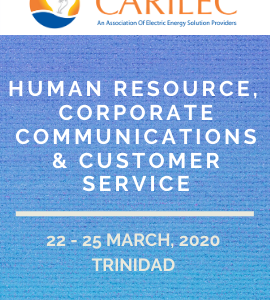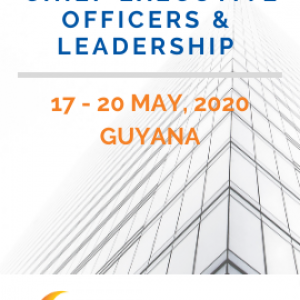Below are the twelve 1.5 hour webinars for 2022. Each webinar will consist of one hour of instruction and a thirty-minute question and answer session. All webinars will begin at 10:00 am Central Time. Most presentations will be in PowerPoint format with handouts in pdf format, although more extensive materials may be available for some of the sessions.

2022 WEBINAR SCHEDULE /
Lightning can cause 20% of the outages on overhead power lines. The webinar discusses the type of arresters currently on the market for distribution lines. In addition, the presentation discusses the common basic impulse insulation level (BIL) with emphasis on a new method to prevent flashovers referred to as critical impulse flashover voltage (CFO). The combine BIL of equipment are not additive as once thought. The CFO technique for overvoltage protection will be discussed with explanations for adequately protecting overhead lines based on ground flash density, shielding, and earth resistivity.
Trends are emerging where existing overhead distribution facilities are being converted to underground. This could be streetscaping or could be part of a reliability/resiliency program. This webinar will discuss these trends for undergrounding. Further the design complexity of an overhead to underground conversion will be addressed. Challenges can include overhead weatherheads, 120/240 volt three phase services, loop feed designs, space limitations, easements, joint-use attachments, and other unique situations.
The electric grid in the United States is aging and needs to be replaced to maintain high levels of system reliability. However, with negative trends in electrical demand and potentially shrinking revenue, it is becoming even more difficult to reinvest in the system infrastructure. This webinar presents methods for the evaluation of the aging components of the utility’s system, prioritization of the necessary replacements, and planning for the logistics of maintaining and replacing system components.
There are essentially 3 levels of electric vehicle chargers Level 1 (120 volts), Level 2 (240 volts) and Level 3 fast chargers. The advanced Level 3 fast chargers can have demands of 1 MW for just four charging stalls. The growth in EV for cars and other larger vehicles such as buses will have a significant impact on the distribution grid. This webinar will discuss the three common charging dispensers, the inverters to power the dispensers, and the demand cycle when charging EV batteries.
Public and private fleet operators are switching to electric vehicles to reduce costs, cut emissions, and to lower their carbon footprint. Depot fleet charging can have many EV vehicles connected to chargers which can spike demand on the electric grid. This webinar will explore EV charging strategies that help limit kW demand and optimize charging times. The presentation will also provide information on commercial charging and energy-as-a-service models for charging fleets.
More roof top solar and commercial solar are being installed by consumers to defray their energy bills. Batteries such as the Tesla Powerwalls are gaining in popularity. The presentation provides a detailed review and application of IEEE Standard 1547 for interconnection of inverter-based systems including solar and batteries. The presentation will focus on residential scale interconnection.
The 2023 NESC will be available in August of 2022 and becomes effective in January of 2023. This webinar provides a quick overview of the NESC updates. There were over 500 change proposals submitted in this Code cycle. New sets of rules are expected for utility-controlled PV plants and utility batteries as well as numerous changes throughout the NESC.
The best-designed power line is useless without land to build it on. Acquiring easements from property owners to cross over their land and possibly cut their trees may be the hardest part of distribution line staking. This webinar offers tips to aid in obtaining easements and pitfalls to avoid.
Stray voltage complaints to electric utilities often occur at bodies of water including boat docks and swimming pools. This webinar discusses methods of investigation, cause analysis, and options for corrective action. The concepts of stray currents are also presented. Common problems are presented along with possible solutions.
Micro-grids are small power grids operating either within a larger power grid or independently. Micro-grids are increasingly becoming advantageous to customers such as college campuses, industrial complexes and military bases. This webinar provides insight into the various micro-grid scenarios, development of a micro-grid system, and the technologies to integrate the micro-grid system.
This webinar covers an overview of the primary causes and effects of pole buckling including insufficient pole class and short guy leads. The methods to design a wood pole distribution structure to prevent pole buckling will be discussed. The calculations and variables involved to perform a structural analysis will be presented. The variables necessary to perform the structural analysis will be defined, and students will learn how to determine the appropriate values for those variables.
When designing a distribution line, it is necessary to select the proper pole-top assembly for each pole including crossarms (wood and fiberglass), pins, and insulators (polymer and ceramic). The attachment methods for these components affects their strength to support maximum conductor tensions and transverse loading from ice and wind. The focus will be on RUS assemblies, but the methods provided can be used for many unique pole top assemblies.



